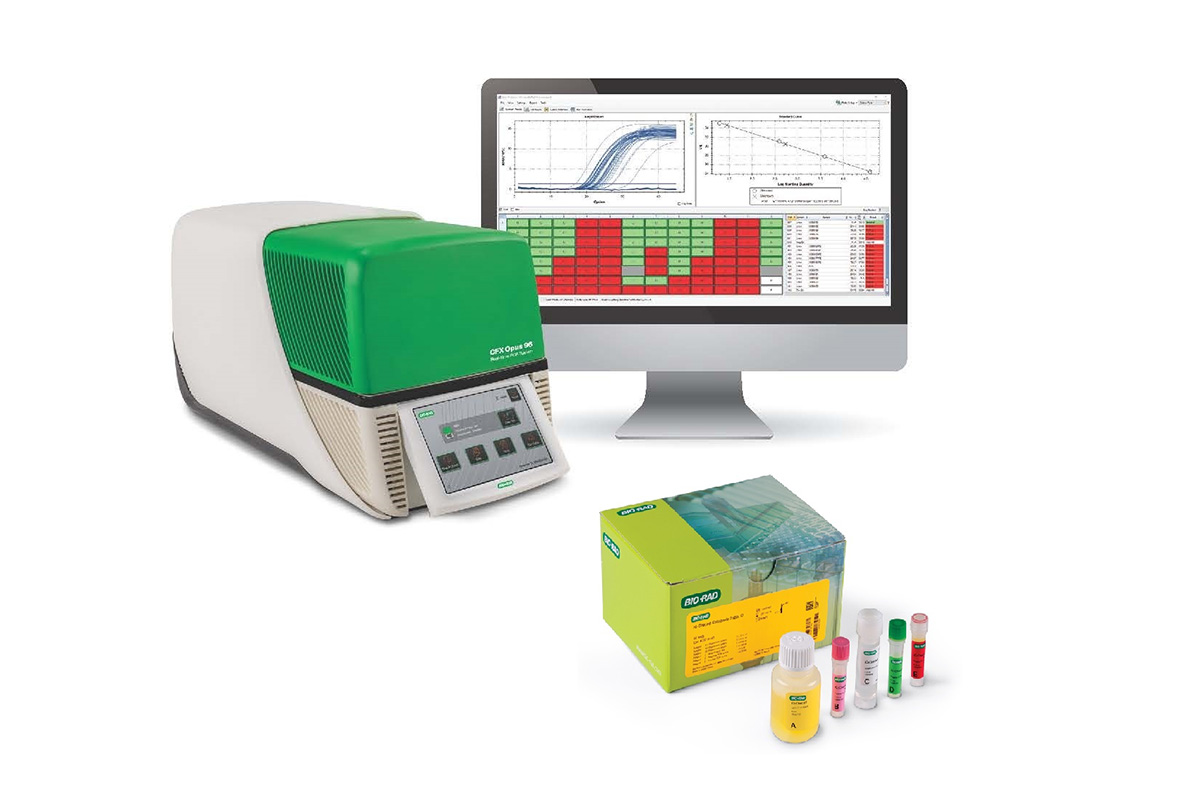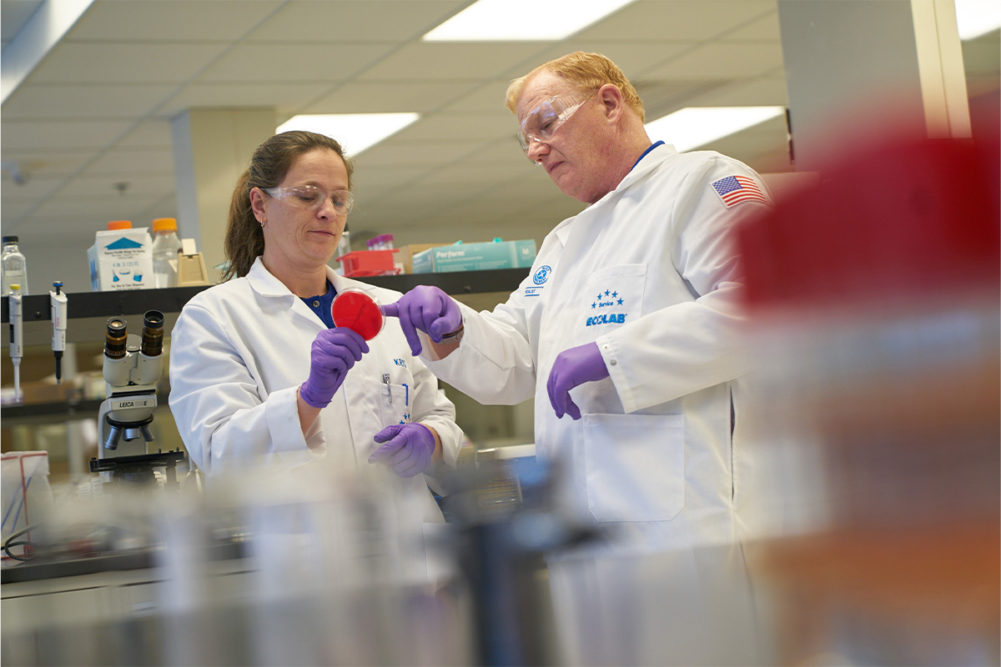Testing and prevention of Salmonella is of primary importance and has been for many years, with good reason. Although Salmonella as a public health threat has the highest threshold for infectivity relative to E. coli or Listeria, it does not diminish the vigilance needed to minimize the risk to consumers, and that’s why the testing and prevention is in place.
Richard Walsh, senior staff scientist, food and beverage for Saint Paul, Minn.-based Ecolab, noted that in today’s age, all processors have integrated components for prevention into their food safety plan (FSP) and the processors focused on establishing and maintaining a food safety culture have the best results in containment.
The FSP establishes what has to be done, but by fostering a food safety culture, it assures everyone knows why they are performing the tasks, and ultimately what to do with the data being generated.
“The best place to start is ensuring you and your team are reviewing and understanding the regulations governing your process,” Walsh said. “With inspectors onsite and routinely testing and reviewing the process, this will ensure the plant personnel are speaking the same language and working towards the same goals.”
Companies will do well to establish routine reviews of the trends that will inevitably show up in their data. For example, seasonal fluctuations in microbial flora on the farm which translate to the processing facility are a given, but is anything being done to prepare for such a fluctuation?
“Facilities have control setpoints that are for the most part fixed (e.g. processing speed, chiller water temperatures, etc.), or setpoints that can be adjusted (antimicrobial setpoints, target pH, etc.), and the latter will hold the most importance for controlling Salmonella, and in-kind indicator organisms,” Walsh said. “Although most plants operate at antimicrobial levels well above their minimum levels determined in their validation work, a seasonal adjustment downward that allows for a lowering of the setpoint must be adjusted upward in time to account for likewise seasonal adjustments.”
Ecolab was a pioneer in developing and gaining regulatory approval for what is the most commonly used antimicrobials in poultry and meat processing today, peracetic acid.
Today, the company offers more than just the antimicrobial, including a dispensing system to get processors ready for production on their schedule and reliably keep them in production; tracking of water use and chemical consumption during production; frequent onsite service to make certain production is supported and that operators are properly trained to safely manage dispensing and chemical testing; and technical support teams that are on call or onsite, as deemed necessary.
“We routinely make recommendations and help our customers to make the best use of testing tools for environmental or direct foodstuff monitoring,” Walsh said. “The plants established monitoring programs assist in documenting adherence to their food safety plan, but exceptions do occasionally occur. It is critical that the plant personnel be thoroughly trained in utilization of these tools, and of equal importance to be empowered to act on their findings.”
The most powerful thing for any company to know is that associates are reliable and trustworthy to report findings accurately and without fear of retaliation or being blamed for negatively impacting production output.
“The findings can be used to make improvements, but only when management invests time to recognize and study the trends from the information embedded within, and then take action to make improvements and track the outcome and impact of any changes made as a result of findings,” Walsh said.
Lakeville, Minn.-based Neogen, a manufacturer of solutions to detect Salmonella, offers Salmonella testing ranging from traditional agar culture media methods to advanced molecular detection and rapid indicator testing methods and the company is committed to ongoing training and education for its customers to help them feel confident in their processes and methods.
“This helps us to ensure that we are offering our customers the right solution for their specific needs when it comes to preventing the spread of food-borne illness,” said Andrea Anderson, marketing director for the company. “Neogen offers significant industry expertise backed by a global network of support in more than 140 countries. We have local support around the globe as well as a robust series of live and on-demand educational content available.”
 Current detection technology can decipher how serious a Salmonella strain is and the quantity of the pathogen in the test environment. (Source: Bio-Rad)
Current detection technology can decipher how serious a Salmonella strain is and the quantity of the pathogen in the test environment. (Source: Bio-Rad)Data-driven testing
Season Xie, global product manager of Bio-Rad Laboratories, which handles things on the testing side and makes decisions on product releases, noted that the right data is incredibly important for the decision-making process.
“If you’re gathering the right information and the right data, you can make the right decisions,” she said, noting that it involves more than just testing. “We often talk about food safety from farm-to-fork, so the prevention needs to start early, which starts with sanitization and hygiene processes pre-harvest, and controlling Salmonella throughout the harvest process.”
This also consists of controlling the temperature during transportation so there’s no growth of Salmonella, and safety food practices for the customer at home.
“It is really difficult when you get to the processing plant and rely on the processors to control Salmonella,” Xie said. “That’s why you need more awareness from the very beginning before it gets to the processor.”
Bio-Rad Laboratories has been at the forefront of improved Salmonella testing.
“Back in the day, it was only a ‘yes or no’ answer, but it didn’t tell you what Salmonella was out there and how serious the Salmonella strain was, or what the quantity of Salmonella was out there,” Xie said.
Today’s testing can decipher all that, and with the help of data, and genotype variant identification, lead to improved detection and better safety protocols if something is discovered.
Anderson said it’s vital to detect accurate levels of this harmful microorganism in the food supply, and that starts with improved testing.
Walsh noted that processors should not be afraid to review processes and look for improvements, but need to make sure the associates that are tasked with carrying out the tasks have buy-in and understand the need for change, and are given a reasonable timeframe to adapt, and can provide feedback.
“Food safety is a foundation, not just a slogan, and everyone in the facility is included, even those without direct contact with the product,” he said.



